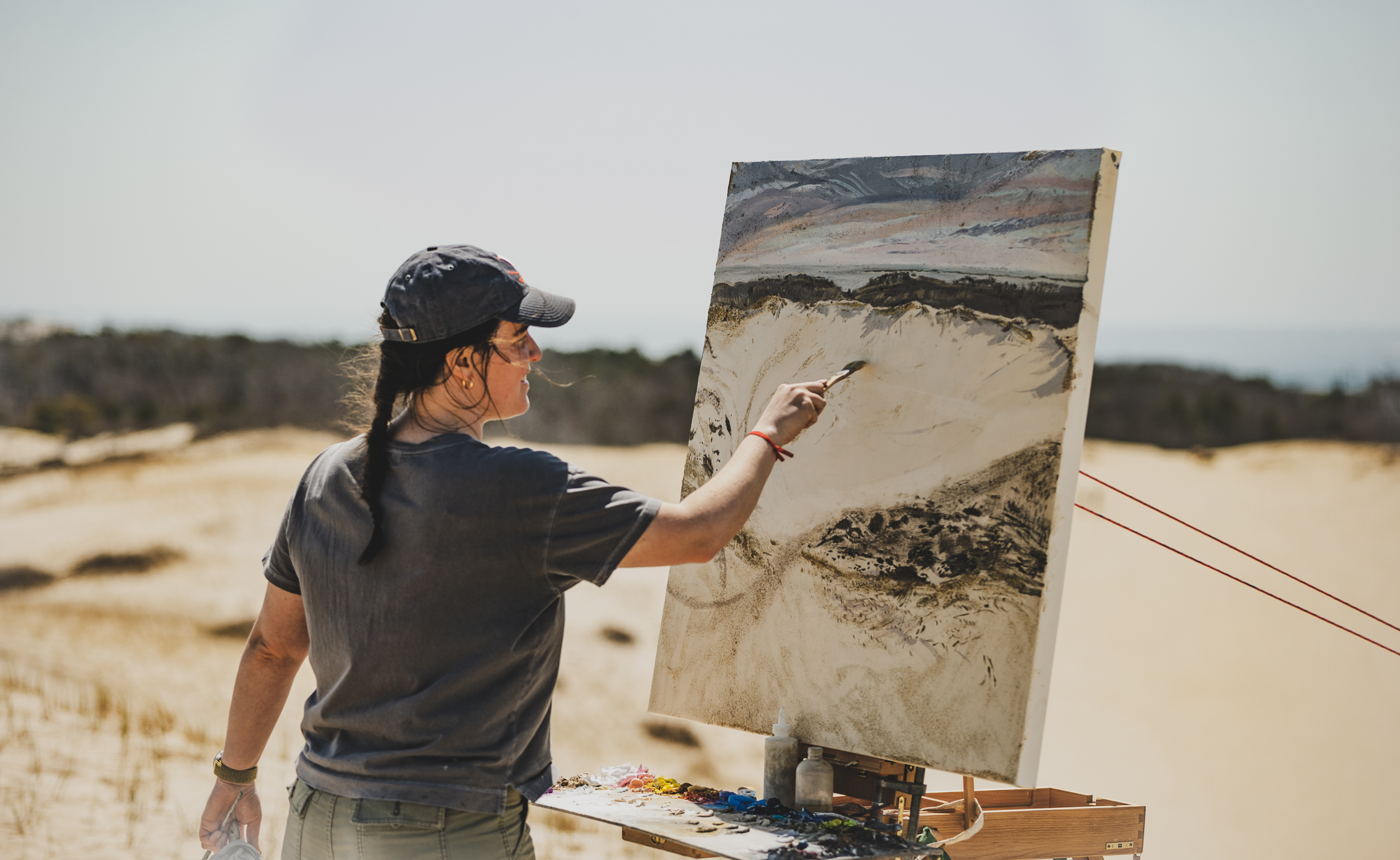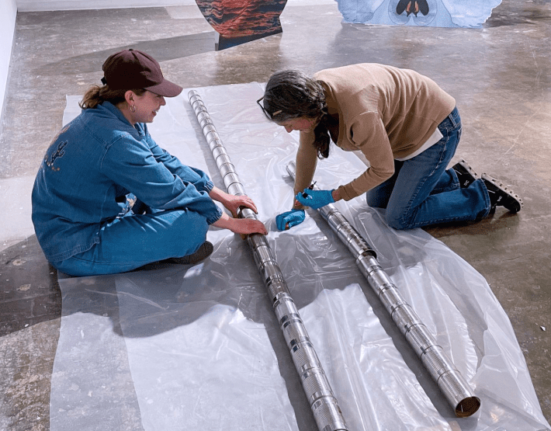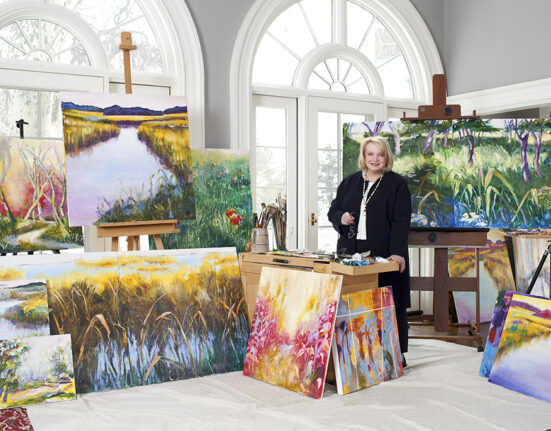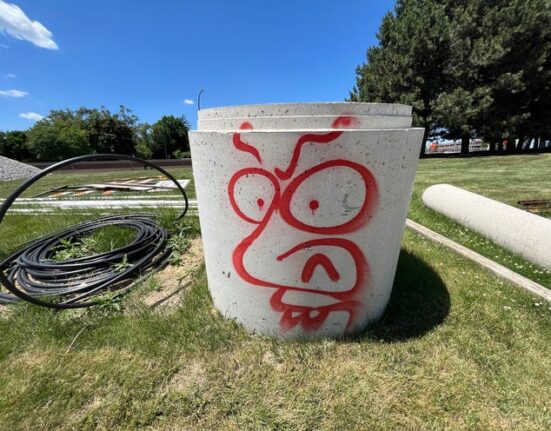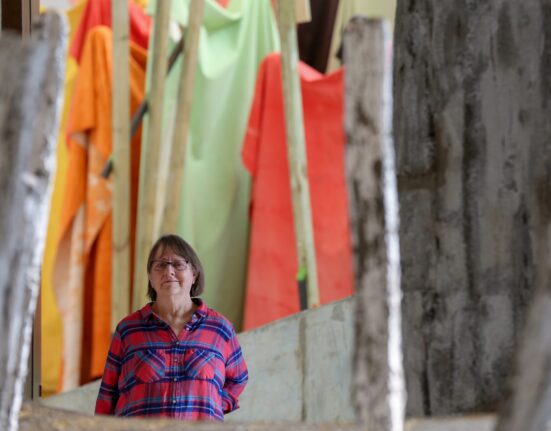The daring bohemian downtown Manhattan of decades past is long gone — the inimitable traces of Arshile Gorky, Elaine de Kooning, and Jean-Michel Basquiat scrubbed off. In their wake, a pricier and more prosaic world emerged. It’s a tale that has been long lamented, its conclusion foregone. But this story of creative loss is not confined to cities. It’s also happening in places like Provincetown, one of the nation’s oldest and most esteemed artist communities. Having long nurtured artists and writers like Blanche Lazzell, Edward Hopper, and Eugene O’Neill, there is an increasingly urgent concern that the town’s popularity as a seasonal tourist hotspot could choke off access to its creative lifeblood.
The seasonal nature of the economy exacerbates these challenges, as artists and writers strive to maintain a steady income throughout the year. With the near-total lack of availability of affordable year-round housing and workspace options and soaring short-term rental costs during peak seasons, many creatives have been forced out of opportunities to live, work, or study in Provincetown. Some have even confided in me they have left the artistic field itself due to the lack of space, time, and income to create.
But what do historic arts enclaves like Provincetown, Key West, and Taos, and our culture at large, lose when they fail to invest in artists and writers?
The Fine Arts Work Center Model
As far back as the 1960s, it was becoming apparent to many in Provincetown that artists were struggling to afford to live there. They could see the town losing vibrancy and character, economic activity declining, and social cohesion suffering.
To preserve that hard-earned creative identity and spirit, a collective of artists, writers, and patrons founded the Fine Arts Work Center in 1968 to ensure a permanent place for emerging artists and writers to work in their beloved yet increasingly expensive town. They understood something that many artists communities don’t until it’s too late: that a modest investment in emerging artists could profoundly enrich both the local community and the broader cultural landscape.
For more than five decades, the Fine Arts Work Center Fellowship has offered 20 fellows per year a monthly living stipend, in addition to housing and workspace for seven months. Today, this is equal to a total investment of about $55,000 per fellow. There are no restrictions on how artists allocate their time or funds. They are not required to teach, create artwork, or write. The focus is solely on providing the time and space necessary for them to develop their craft, with the aim of creating a solid foundation for their artistic or writing practice. The seven-month residency stands out for its duration, exceeding that of most other residencies. The founders believed that seven months was the golden number: the length of time it took to undergo a transformative experience where fellows could develop lifelong habits for carving out time and space to create.
The impressive roster of past Fellows, including luminaries like Firelei Báez, Jacolby Satterwhite, Jack Pierson, Tala Madani, Louise Glück, Jhumpa Lahiri, and Michael Cunningham among others, is proof that the Work Center’s approach works. Since its inception, over 1,000 fellows have walked through its doors. Their achievements speak volumes — ranging from one Nobel Prize for Literature to multiple Pulitzer Prizes, MacArthur Fellowships, Rome Prizes, and National Book Awards. As Cunningham eloquently expressed in his 2012 book Land’s End: A Walk in Provincetown, the residency is not just a privilege but often feels like a lifeline for artists and writers alike at a critical juncture, describing it as “a remarkable act of beneficence […] for me it felt like nothing short of rescue.”
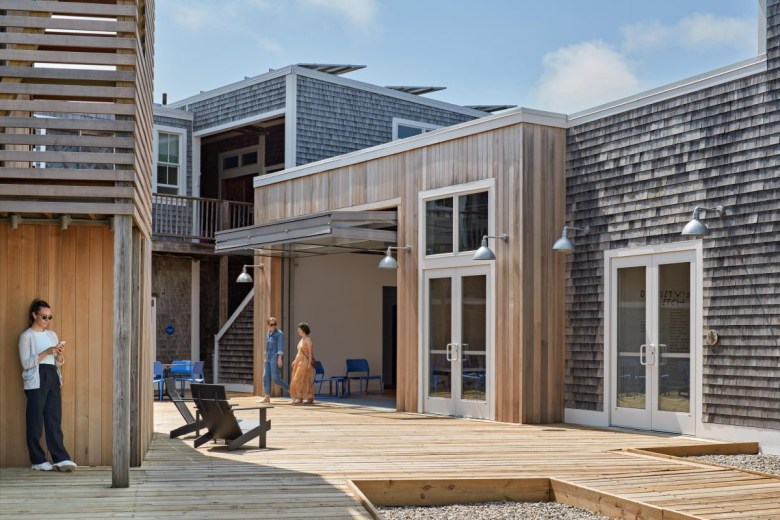
Solutions for arts communities: income and housing
The investment made by the Work Center in each Fellow mirrors the financial commitment towns and cities allocate to entry-level positions like city planners or housing administrators, which typically offer salaries ranging from $40,000 to $60,000 per year, contingent on regional variances and living costs.
Funding artist residencies is a savvy economic move for communities, but it’s just the start. The City of Paducah invests in its Artists-In-Residence Program, for example, supplying creatives with housing, studios, and stipends. Why? Because data proves initiatives like this spark economic activity and culturally enrich the town; it’s a win-win. However, to truly nurture a thriving artistic community long-term, small towns need innovative solutions that create communities where creatives can both live and work seamlessly. Artist residencies plant the seeds, but further investment in sustainable housing, workspaces, and programs that support artists’ ability to put down roots is what allows those seeds to fully bloom.
Universal basic income programs offer one promising model, and one should look no further than Minnesota, which has emerged as a hotbed for experimentation. A pilot program for artists, led by Springboard for the Arts, expanded from St. Paul last year to include rural Minnesotans as well. Participants receive $500 per month to spend as they choose, providing financial stability to focus on their craft. One participant, a hip-hop artist, was able to buy back DJ equipment he had sold to pay his rent, invest in maintaining the SUV he uses to transport his gear to gigs, and buy groceries. “I’ve literally been using it to restart, or kickstart, my career from a bit of a dead zone,” he explained in a report about the pilot program. Separately, Minnesota’s House recently proposed offering a $500 monthly income statewide for all qualifying citizens, not just artists. And for good reason: new research shows that recipients in cities like San Francisco and Washington, DC primarily allocate funds toward housing expenses.
Beyond guaranteed income, communities can also enhance the economic well-being of artists by employing them to leverage their art and creativity for social impact in their communities. Artists At Work is a national program in the spirit of the Works Progress Administration (WPA) designed to support artists and their communities through artistic civic engagement. Envisioned as a New Deal for artists in the 21st Century, the initiative was piloted in Western Massachusetts and has since expanded to Los Angeles County, the Mississippi Delta, the Borderlands region, and Indianapolis.
Housing access and affordability pose a national crisis, necessitating ambitious and radical solutions. Massachusetts showcases promising strategies that could serve as models for other states and towns grappling with this issue. Provincetown, aligning with Massachusetts’ mandate, leads the local region in allocating at least 10% of housing for affordable purposes. The town is financing the construction of 65 year-round apartments, boosting its low-income housing stock to over 11%. Last year, Governor Maura Healey unveiled a $4 billion housing investment plan, aiming to create 40,000 new homes, with a majority designated for low and moderate-income households. This initiative has the potential to uplift emerging artists and writers, many of whom qualify for its benefits.
Finally, including artists in city strategic planning processes is crucial for fostering vibrant, inclusive, and resilient communities. Artists’ perspectives as creative problem solvers can help strengthen social health and wellness and shape policies and initiatives that support affordable housing and live-work spaces for all. Artists and cultural workers acting locally across the country are central to social justice and community “placekeeping” efforts, which is defined as the active care of a place and its social fabric by the people who live there. These local projects — from Weeksville, Brooklyn (Weeksville Heritage Center) to Third Ward, Houston (Project Row Houses) — illustrate how the arts catalyze social justice and community building.
“Bohemia has always been 90% low rent, 10% dream,” wrote Brad Gooch in a prescient 1992 New York Magazine cover story about the budding arts community in Williamsburg, Brooklyn. This is both its promise and its danger. By investing in emerging artists and writers through locally-led, sustainable programs like residencies, guaranteed income, and affordable housing initiatives, small towns like Provincetown can once again nurture creativity, cultivate a rich cultural tapestry, and ensure the sustainability of their artistic communities. The rewards of such investments are immense, not only for the individual creatives but for the towns themselves, which become vibrant, diverse, and economically resilient hubs of culture and innovation.

